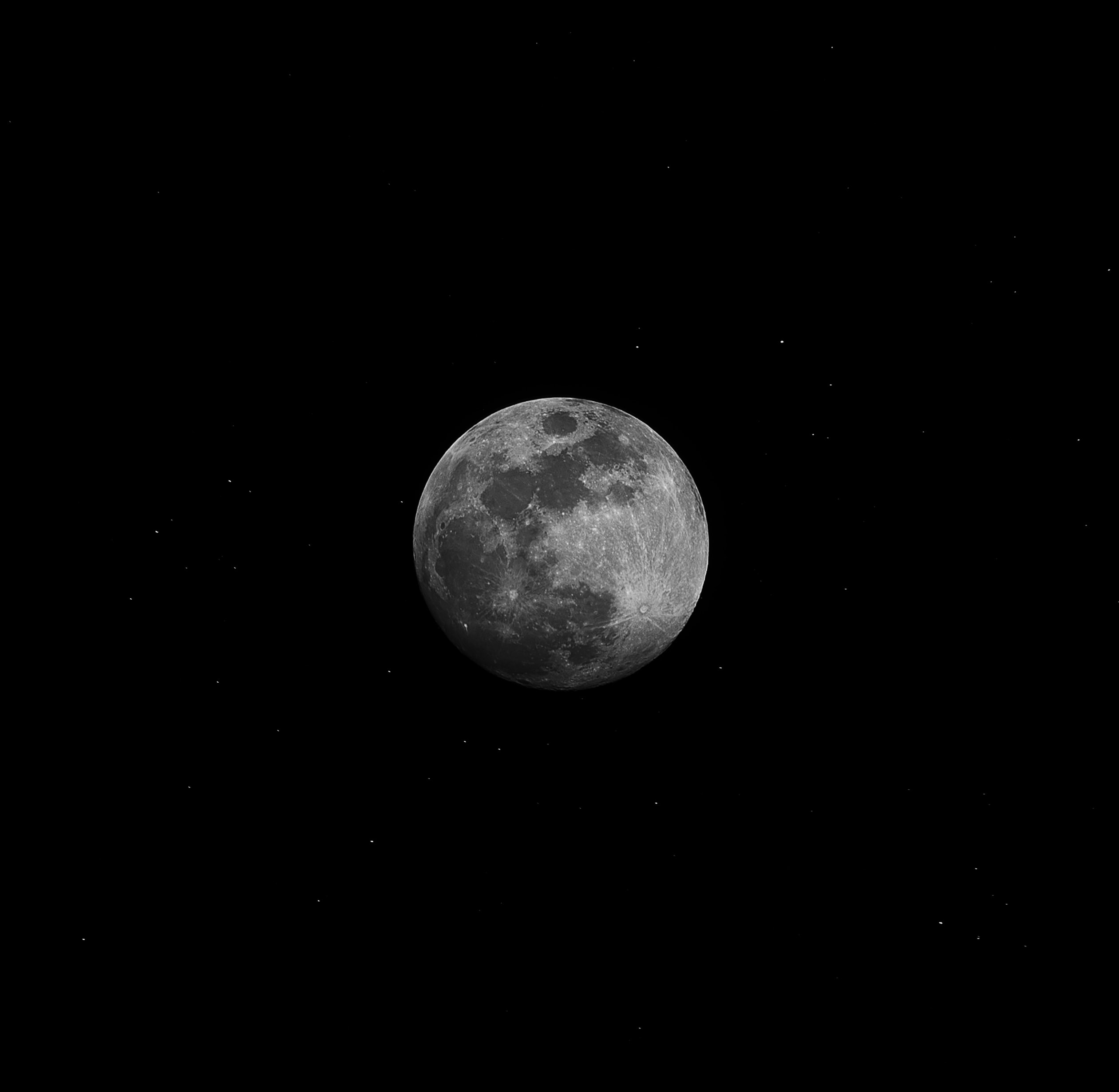Why is it Called Waxing and Waning?
The cycle of the moon has fascinated humans for centuries. From ancient civilizations to modern astronomy, the moon’s changing appearance has been observed and recorded. One of the terms commonly associated with the moon’s cycle is “waxing and waning.” But have you ever wondered why it is called waxing and waning? In this blog post, we will explore the origins and meanings behind these intriguing terms.
The Moon’s Phases
Before delving into the terminology, let’s briefly understand the moon’s phases. The moon orbits around the Earth, and as it does so, different portions of its illuminated side are visible from our planet. These phases occur due to the relative positions of the moon, Earth, and the sun.
The moon’s cycle consists of eight phases:
- New Moon
- Waxing Crescent
- First Quarter
- Waxing Gibbous
- Full Moon
- Waning Gibbous
- Last Quarter
- Waning Crescent
The terms “waxing” and “waning” are associated with the moon’s illumination during specific phases of its cycle.
Origin of “Waxing”
The term “waxing” originates from the Old English word “weaxan,” meaning “to grow” or “to increase.” It is used to describe the moon’s phase when it appears to be getting larger or more illuminated each night. During the waxing phase, the illuminated portion of the moon expands as it moves from the New Moon to the Full Moon.
Imagine looking at the moon during a clear night sky. After the New Moon phase, a tiny sliver of light becomes visible as the crescent shape slowly grows night after night. This progressive increase in the illuminated area gives the impression of growth or waxing. Hence, the term “waxing crescent” coined for this phase. As the moon continues to grow in illumination, it transitions to the “waxing gibbous” phase until it reaches its maximum illumination at the Full Moon.
| Phase | Description |
|---|---|
| Waxing Crescent | First visible crescent after the New Moon, growing in illumination |
| First Quarter | Half of the moon’s disk is illuminated, continuing to grow |
| Waxing Gibbous | Most of the moon is illuminated, but still not fully round |
| Full Moon | Complete illumination, the maximum stage of the waxing phase |
Origin of “Waning”
Similar to “waxing,” the term “waning” also has its roots in Old English. It comes from the word “wanian,” meaning “to lessen” or “to decrease.” It represents the opposite phenomenon of “waxing” by describing the moon’s appearance when it appears to shrink or decrease in illumination.
Once the moon reaches its maximum illumination at the Full Moon phase, it starts to decrease in illumination as it moves towards the New Moon. This progressive decrease creates the impression of the moon diminishing or waning. The waning phase of the moon starts with the “waning gibbous” phase, followed by the “last quarter” phase until it reaches the “waning crescent” phase just before the New Moon.
| Phase | Description |
|---|---|
| Waning Gibbous | Decreasing illumination, still not fully round |
| Last Quarter | Half of the moon’s disk is illuminated, continuing to decrease |
| Waning Crescent | Thin crescent with decreasing illumination, approaching the New Moon |
| New Moon | No visible illumination, starting a new lunar cycle |
Symbolism and Cultural Significance
The moon and its phases have held significant cultural and symbolic value throughout history. The concepts of “waxing” and “waning” have often been associated with other aspects of human life and nature. Here are a few cultural references related to the moon’s waxing and waning phases:
- Growth and Decay: The moon’s waxing and waning aspects have been seen as parallels to the cyclical processes observed in nature, such as plant growth and decay.
- Life and Death: The lunar cycle has been linked to the circle of life, with the Full Moon representing life’s peak and the New Moon signifying rebirth or renewal.
- Fertility and Femininity: The moon, often associated with femininity, has been connected to fertility and the menstrual cycle, aligning with the waxing and waning phases.
- Spirituality and Transformation: Various spiritual and religious beliefs consider the moon’s phases as opportunities for personal reflection, meditation, and transformation.
In Conclusion
The terms “waxing” and “waning” describe the changing appearances of the moon as it moves through its cycle. “Waxing” represents the moon’s growth in illumination, while “waning” signifies its decrease in illumination. These terms have their roots in Old English and symbolize the cyclical nature of life, growth, and renewal.
Next time you gaze at the night sky and observe the moon’s changing face, you’ll have a deeper understanding of why it is called waxing and waning. The moon, a celestial body that continues to captivate and inspire, reminds us of the endless cycles and transformations in our own lives.
Table of Contents
